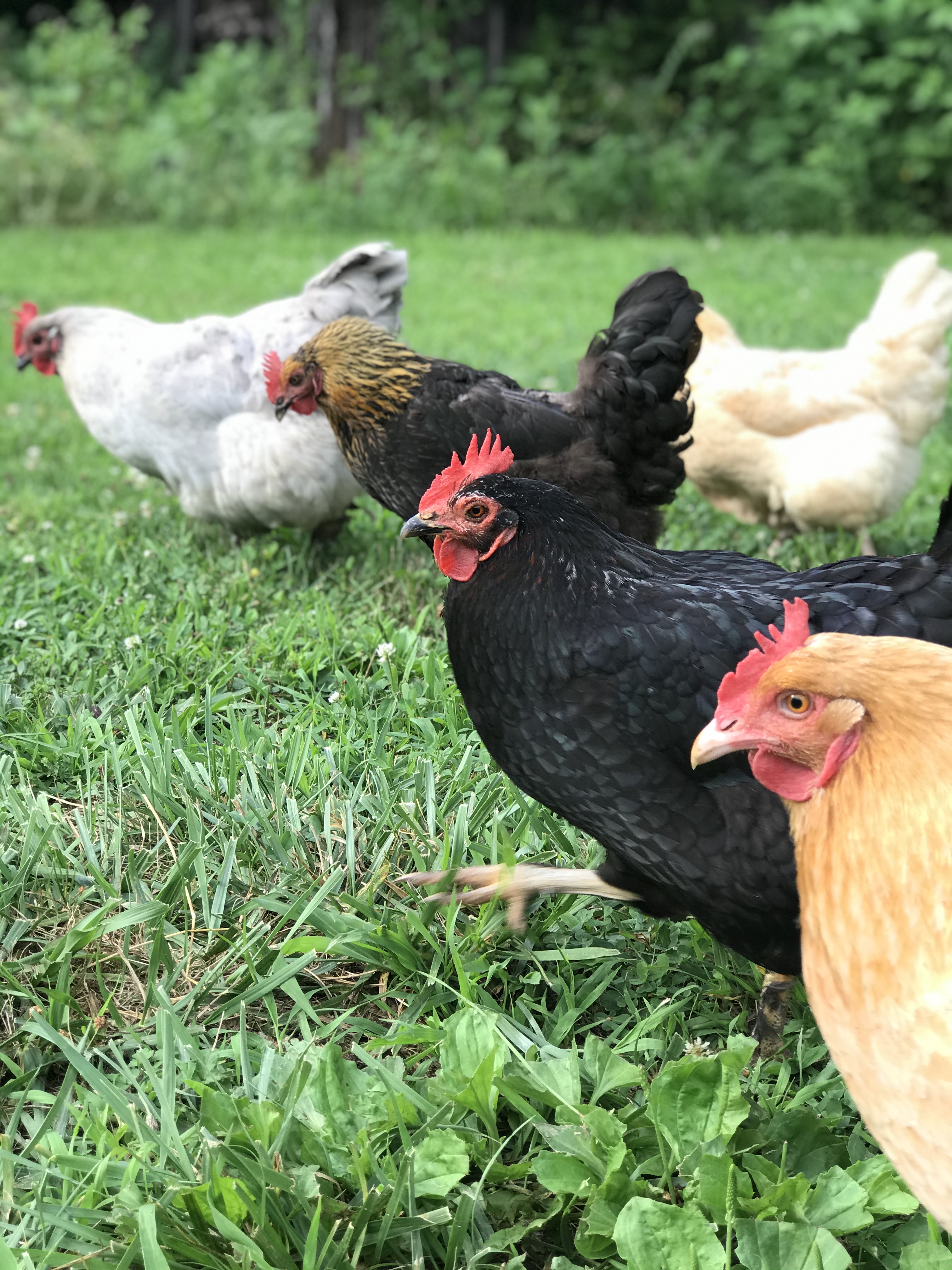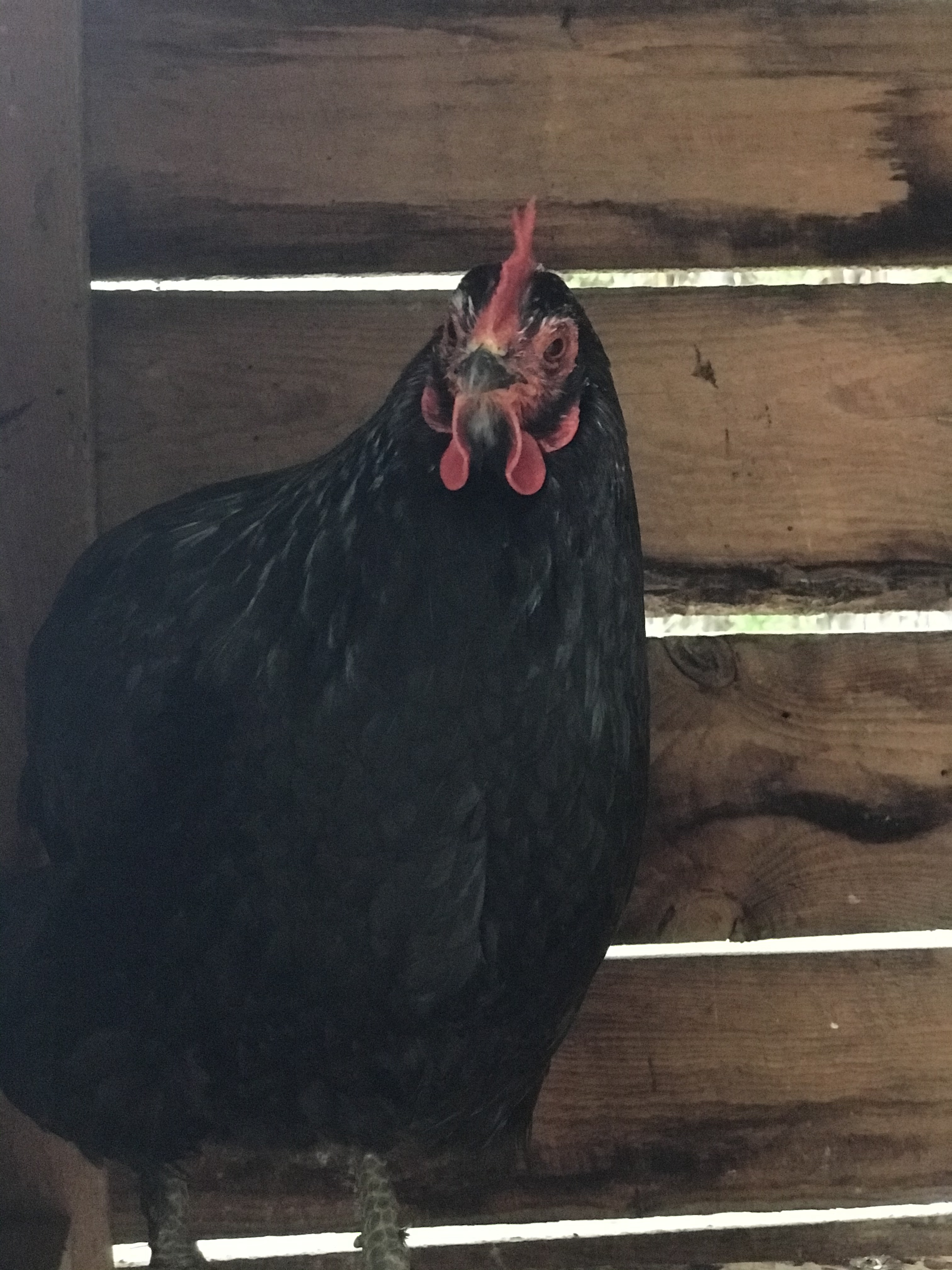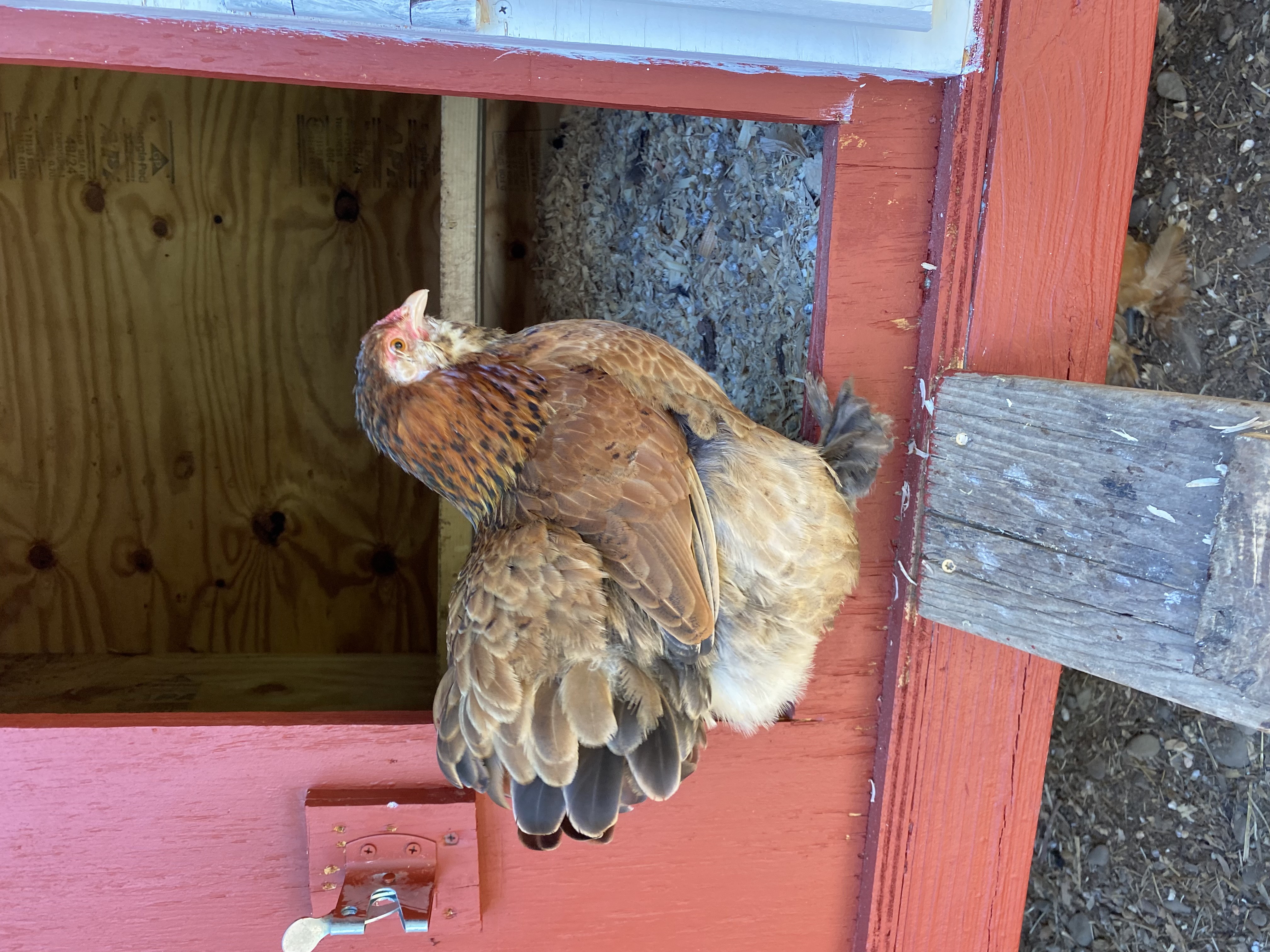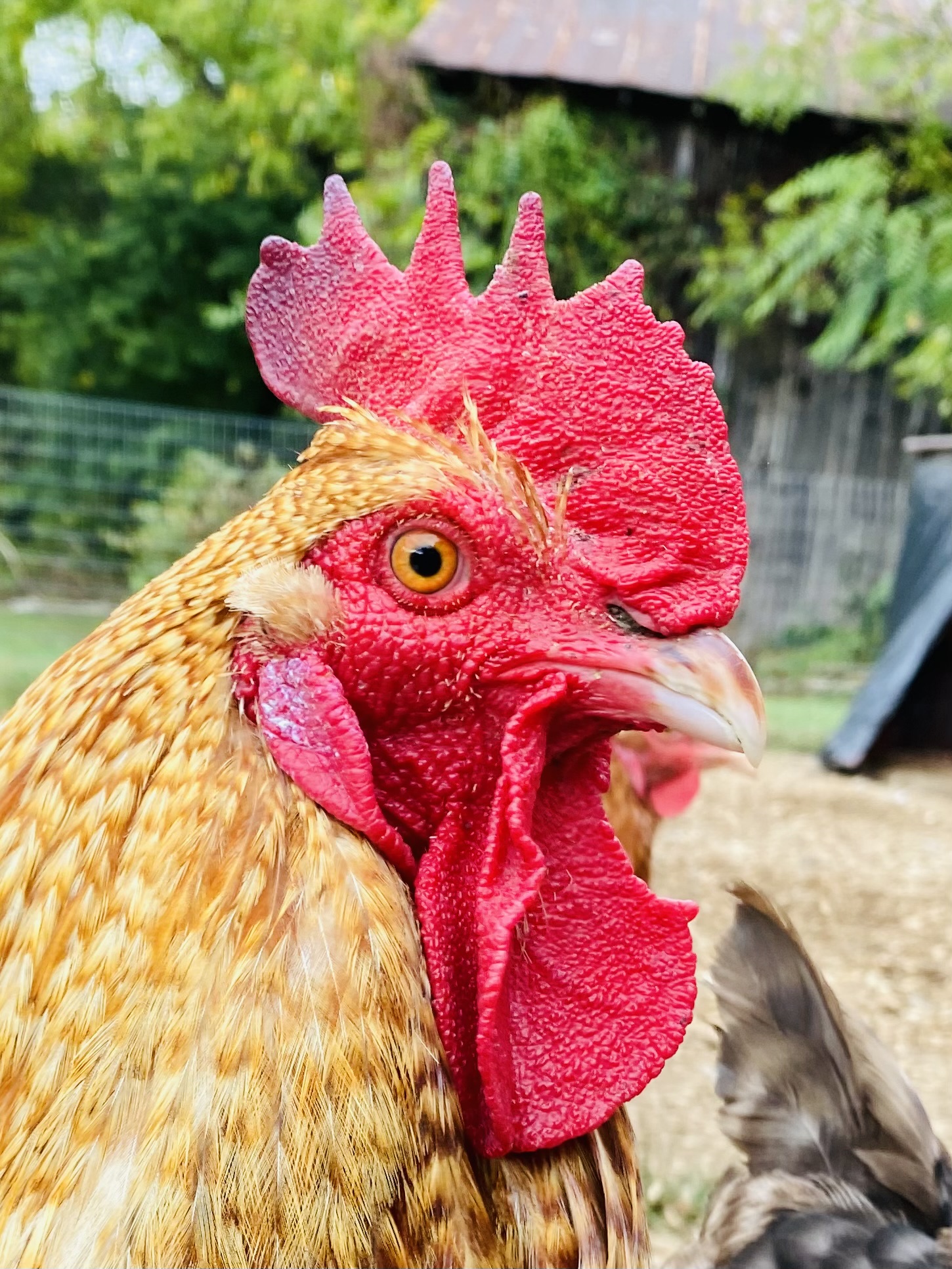Fowl Pox or Avian Pox is a virus spread by mosquitoes. There are two types, wet and dry. Cutaneous or Dry pox is the less serious of the two. Although, dry pox can turn into wet. Wet pox is referred to as Fowl Diphtheria and can be deadly. Fowl pox in backyard chickens have nothing to do with chicken pox in humans. Weird right?
*"Fowlpox is a worldwide viral infection of chickens and turkeys. Nodular lesions on unfeathered skin are common in the cutaneous form. In the diphtheritic form, which affects the upper GI and respiratory tracts, lesions occur from the mouth to the esophagus and on the trachea. Diagnosis is by observing characteristic gross and microscopic lesions and PCR. Vaccination can prevent the disease and limit spread in affected flocks."* Merck Fowl Pox in Chickens and Turkeys

A few years back I notice some "peck" marks on Mr. Jangles comb and brushed it off as normal pecking order stuff. But then I noticed it on a few of my laying hens and then in a completely different flock. I've one big flock and they're separated into mini flocks. So, that really had me thinking, "was everyone fighting it out?" After further inspection of the "peck" marks I noticed the marks where different. I immediately knew this was Fowl pox.
Avian pox usually spreads slow, has an incubation period of 4-10 days, and can take up to 10 weeks to run through a flock. Fowl pox is not limited to just chickens. The virus is found in ducks, turkeys, and other types of backyard fowl. Typically, you will notice pimple like bumps, scabs, or blisters on non-feathered parts of your bird's body. Fowl pox is spread through direct contact with an infected bird through dander, eyes, mouth, and open wounds.
Featherless places include eyelids, head and neck, feet, legs, and vent areas.
Let us not panic and figure out is this normal peck marks or is this a case of Pox. Not everyone in your flock will show signs of the virus, even if infected. Important always quarantine any new birds. An infected bird can hold the virus in the salivary glands for up to 8 weeks.
Dry Pox:
- Scabs, lesions, blistering, and yellow thickening on non-feathered areas. Eventually these blisters will crust over and fall off.
- Drop in egg production.
- An overall unkept or a thrifty appearance.
Wet Pox
- Scabs, blistering, lesions, and yellowing thickening on non-feathered areas.
- Scabs, blisters, lesions, yellow-cheesy mass inside throat, mouth, sinus, and tongue areas.
- Blisters may block airway.
- Nasal discharge
- Weight loss
- Decrease in egg production.
- Lethargy.
Typically, with wet pox you’d want to isolate the sick birds and contact a veterinarian as soon as possible. A bacterial infection could call for antibiotics. I understand not everyone has access to a local veterinarian who will see backyard poultry. Keeping the lesions clean with a little diluted betadine or vet spray is what we used to treat the dry pox in our flock. I didn’t separate the flock as they were limited to the dry form and never had any upper respiratory issues.

Best practices to prevent pox in your flock:
1. Practice strong bio security. Always quarantine any new birds.
2. Control mosquitoes and biting insects.
How to control mosquitoes
3. Speak to your veterinarian about the vaccine. Some birds will have a lifetime immunity after an outbreak, and some will still have reoccurrences during stressful times.
4. Keep all standing water away from your property. Keep rain barrels covered, old tires, containers, buckets, and don’t allow water to stand in open containers.
After Care: Clean and sanitize all waterers, feeders, and coop. Remove all bedding/litter and scrub with an approved cleaner, such as Oxine or an approved solution.
 Avian pox can be a little nerve-wracking at first but with a little extra care your flock can come out on the other side healthy and happy.
Avian pox can be a little nerve-wracking at first but with a little extra care your flock can come out on the other side healthy and happy.
